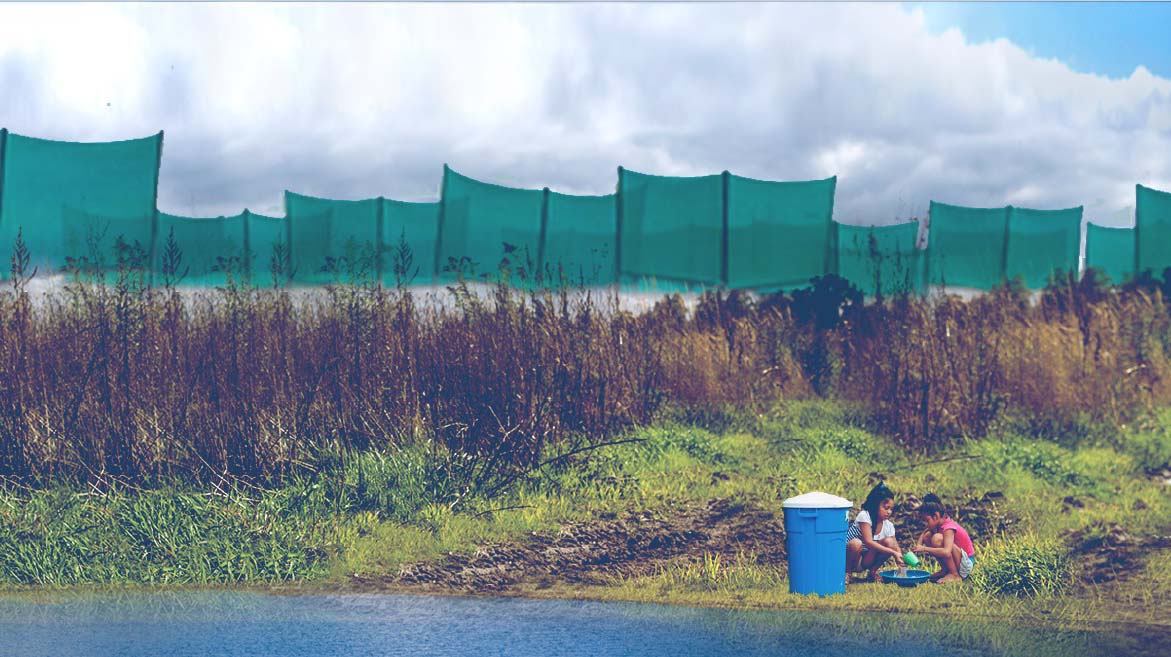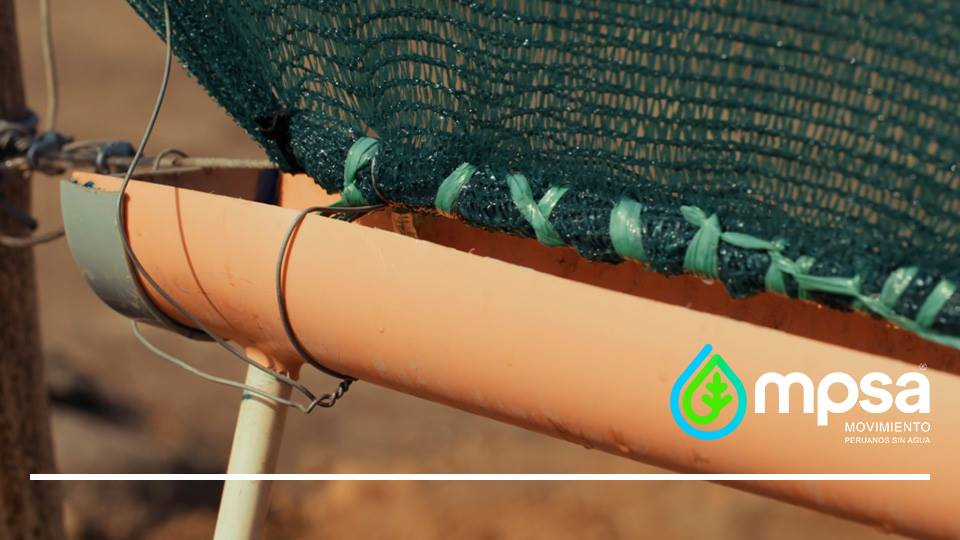
One day, Abel Cruz Gutiérrez returned home late at night. Suddenly, he noticed something that had previously gone unnoticed: many leaks through the mesh he had placed on the side of his home. The water from the dense fog condensed into this material and ended up on the ground.
In other regions of the world, these leaks wouldn’t have meant anything. But in the north of Lima, the second largest city in the world located in a desert, they were invaluable. Today, the outskirts of the Peruvian capital and many other parts of the country are covered with large green nets capable of capturing water from the air.
These are fog catchers, systems that have brought water to places where the supply infrastructures don’t reach and have shown that making more sustainable use of this resource is possible. In just a few decades, these green tights have transformed the lives and futures of hundreds of people.
A life chasing water
Abel Cruz was born in 1961 in Tunquimayo, in the Peruvian region of Cusco. There, rainfall is on its own schedule: between the months of September and April, they are usually abundant and even take the form of torrential rains. The rest of the year, rain is scarce, and there are often dry seasons.
From a very young age, Abel Cruz was in charge of working at home and in the garden, and he learned that water was as necessary as it was sometimes scarce. At the age of seven, he tried out his first method of transporting it: he created gutters with banana leaves and buds to lead the water that fell through the ravines to his house during the rainy months. His system traveled about 700 meters and arrived directly at his door.
Later on, he swapped the vine leaves for bamboo and created stronger gutters that let him transport the water further. One day, a seed fell in the gutter, and it soon grew into a head of lettuce. So he also tried hydroponics and aeroponics and started to grow vegetables that didn’t need to touch the ground.
He didn’t know it at that time, but years later, he would become an industrial engineer. Through his studies and a stroke of luck – the night he noticed the drops dripping through a net in his house in Lima – he would be able to transport water not only to his family but to thousands of people all over the country.
 Image of the fog catchers on the outskirts of Lima. Peruvians Without Water Movement.
Image of the fog catchers on the outskirts of Lima. Peruvians Without Water Movement.
Today, Cruz is the president of the Peruvians Without Water Movement, a non-profit organization that works to ensure access to water and provide innovative water solutions to vulnerable sectors of their country. In addition to fog catchers, the organization installs wastewater treatment, seawater desalination, and biodigester systems.
How do fog catchers work?
In Lima, Abel got used to a very different climate from his childhood in Tunquimayo. For several months of the year, the hills surrounding the city are wrapped in the garúa, a fog that forms on the Pacific coast. This fog conditions the climate of Lima and the daily life of many of its inhabitants.
There, he also found that many neighborhoods on the outskirts of the Peruvian capital do not have supply systems for running water. Neighbors are forced to buy bottled water or use what tankers bring in, which can cost up to 10 times more than water distributed in the city center.
This has environmental, social, and of course, economic consequences. In a place where families had to devote a high percentage of their income to paying for water, finding an option as simple as a fog catcher was a radical shift. They are composed of a large mesh (which can be made of different materials, such as polyamide) that is held vertically. According to Cruz, the small microscopic droplets that form the haze – measuring 40 microns – are deposited into the network and flow together to form larger ones.
 The fog catchers consist of a net and a gutter that collects water. Peruvians without Water Movement.
The fog catchers consist of a net and a gutter that collects water. Peruvians without Water Movement.
Gutters are placed under the nets, much like the ones Cruz devised when he was seven years old; they collect these drops and direct them to reservoirs. In the winter months, when the garúa takes place, a panel measuring 20 square meters can capture between 200 and 400 liters of water daily. This water is not suitable for direct consumption, but it can be used for irrigating crops, washing, or cleaning, and this considerably reduces communities’ external dependence.
Abel Cruz’s goal is to install 10,000 fog catchers throughout Peru over the next five years. With this method (which is also used in other places, such as Chile, the Canary Islands, and Nepal), it is possible to ensure the water security of millions of families in a world that is suffering from increasingly frequent and intense episodes of water scarcity and drought.
It is estimated that if more sustainable habits and more efficient systems are not adopted for good water management, three out of every four people will be affected by drought in 2050. Initiatives from all over the world, such as the one that has covered the mountains of Lima with fog catchers, are aiming to prevent this reality.




There are no comments yet